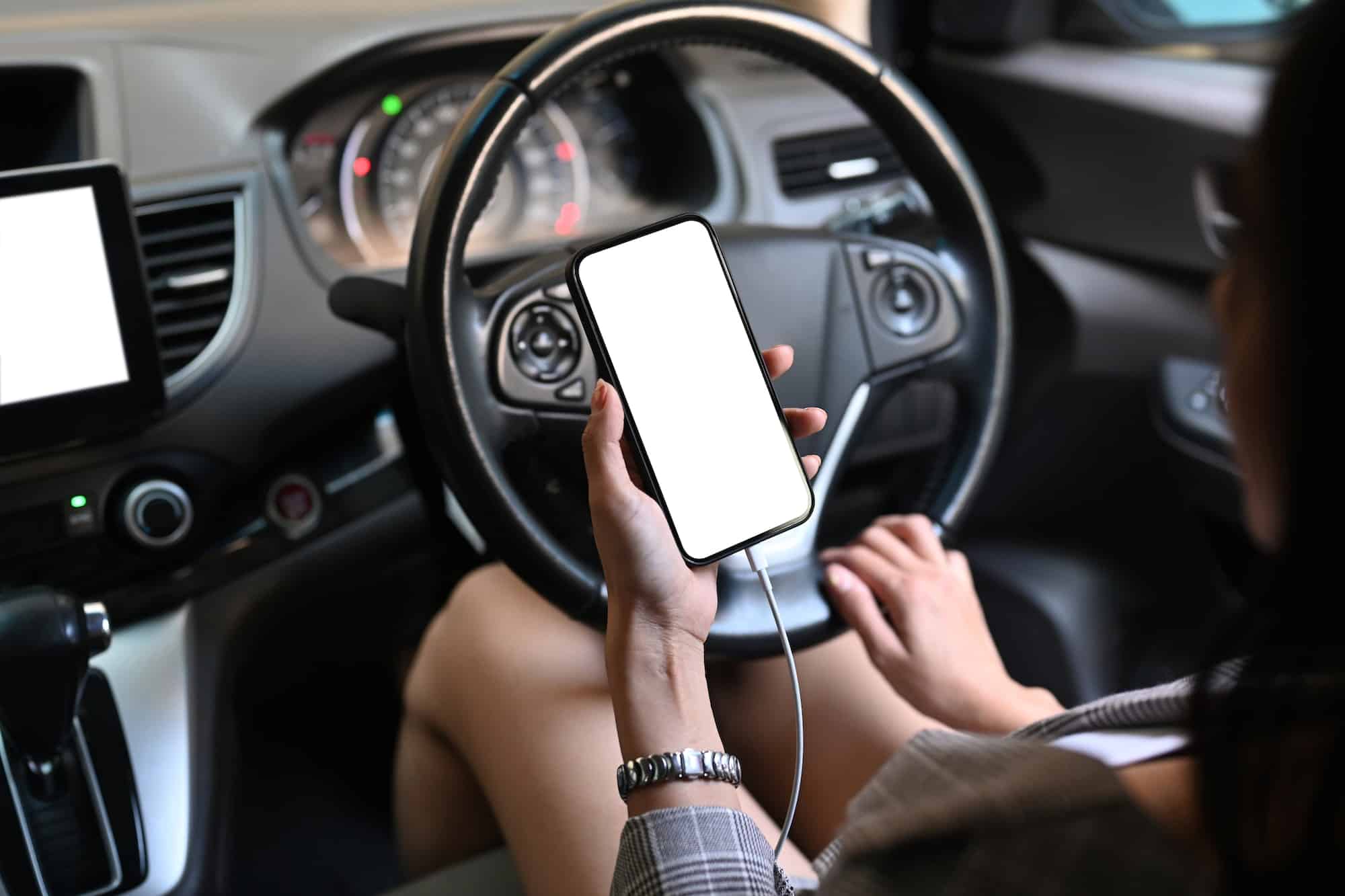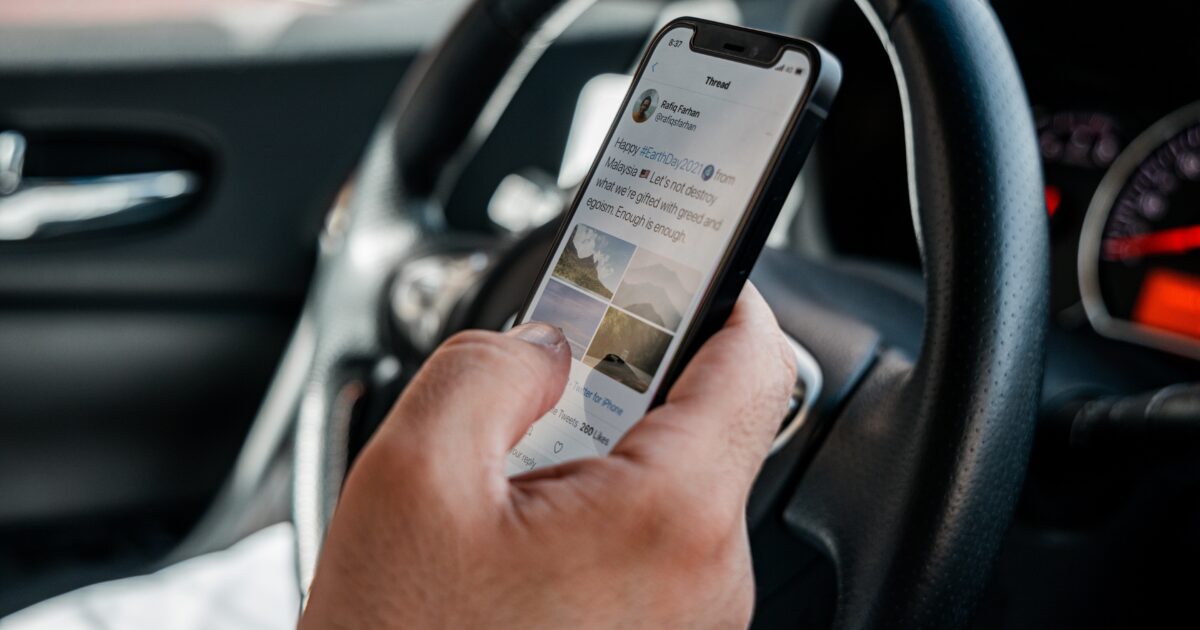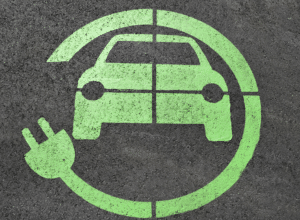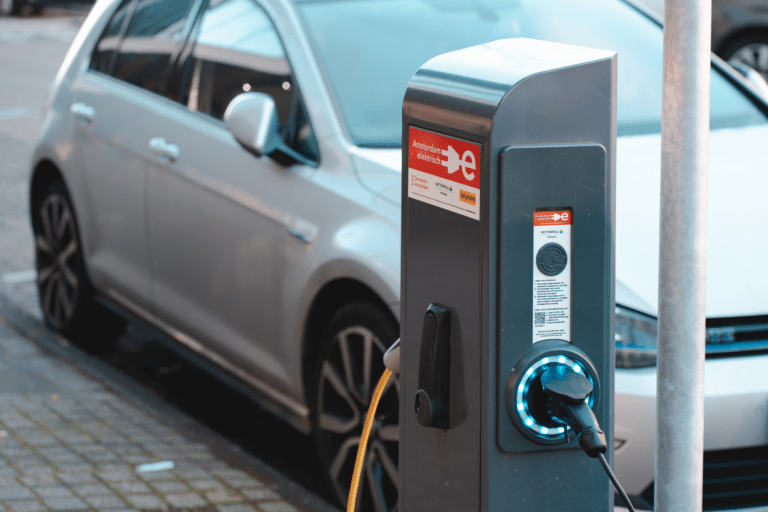Distracted driving is a growing concern on UK roads, but recent studies reveal that motorists distracted behind the wheel are more likely to be affected by everyday habits rather than mobile phone use. While smartphones have long been blamed for diverting driver attention, new research suggests that talking to passengers and daydreaming are the biggest culprits.

The Reality of Distracted Driving
A recent survey conducted by the RAC found that 63% of UK drivers admitted to making mistakes due to distractions while driving. Surprisingly, according to Oxford Mail, the most common causes were talking to passengers (43%) and thinking about unrelated topics (37%), rather than using mobile phones.
This challenges the widespread belief that technology is the primary source of distraction. While mobile phone use remains a serious issue, the findings indicate that seemingly harmless activities—such as casual conversations or lost thoughts—can significantly impact driver performance.
Common Mistakes Caused By Distractions
The RAC study highlighted several errors made by motorists distracted behind the wheel. These include:
- Missing a junction
- Exceeding the speed limit
- Ending up in the wrong lane
- Nearly crashing into another road user
These mistakes demonstrate how distractions—whether mental or social—can lead to dangerous driving behaviors. The Department for Transport (DfT) reported that 940 people were killed or seriously injured in crashes in 2023 where driver distraction was a contributing factor.

The Role Of Modern Car Technology
While conversations and daydreaming are major distractions, modern car technology also plays a role. The RAC survey found that 26% of drivers admitted to making mistakes due to interacting with touchscreen systems for heating, radio, and navigation.
Many newer vehicles rely on digital interfaces, replacing traditional buttons with touchscreens. While these systems offer convenience, they can also divert attention from the road. Experts argue that manufacturers should prioritize intuitive designs that minimize distraction.
Why Drivers Underestimate These Distractions
One of the key findings of the RAC study is the gap between perception and reality. When asked about distractions, 46% of drivers cited talking on the phone as the biggest issue, while 42% mentioned applying makeup or shaving, says Oxford Mail. However, among those who admitted to making mistakes, only 8% blamed phone use, and just 2% cited grooming.
This suggests that drivers often overlook the impact of everyday distractions. Unlike phone use, which is widely recognized as dangerous, talking to passengers or daydreaming feels natural. However, these activities can significantly impair reaction times and situational awareness.
The Need For Greater Awareness
Road safety experts emphasize the importance of addressing motorists distracted by non-technological factors. RAC road safety spokesman Rod Dennis warns that “talking to passengers or daydreaming are so common that they aren’t perceived by drivers to be big distractions, but our research has revealed they are in fact responsible for most of the errors drivers admit to”.
To combat this issue, authorities are urging drivers to remain fully engaged while driving. Simple strategies—such as limiting unnecessary conversations, staying mentally focused, and minimizing interactions with in-car technology—can help reduce distractions.
While mobile phones remain a concern, the latest research highlights that motorists distracted by everyday habits pose an equally significant risk. Talking to passengers, daydreaming, and interacting with touchscreens contribute to a high number of driving errors, often leading to accidents.
If you’re not up to date with the laws on driving when it comes to using your phone, we’ve got all the info you need. You can find out all about the laws and what the penalties are right here.


















































